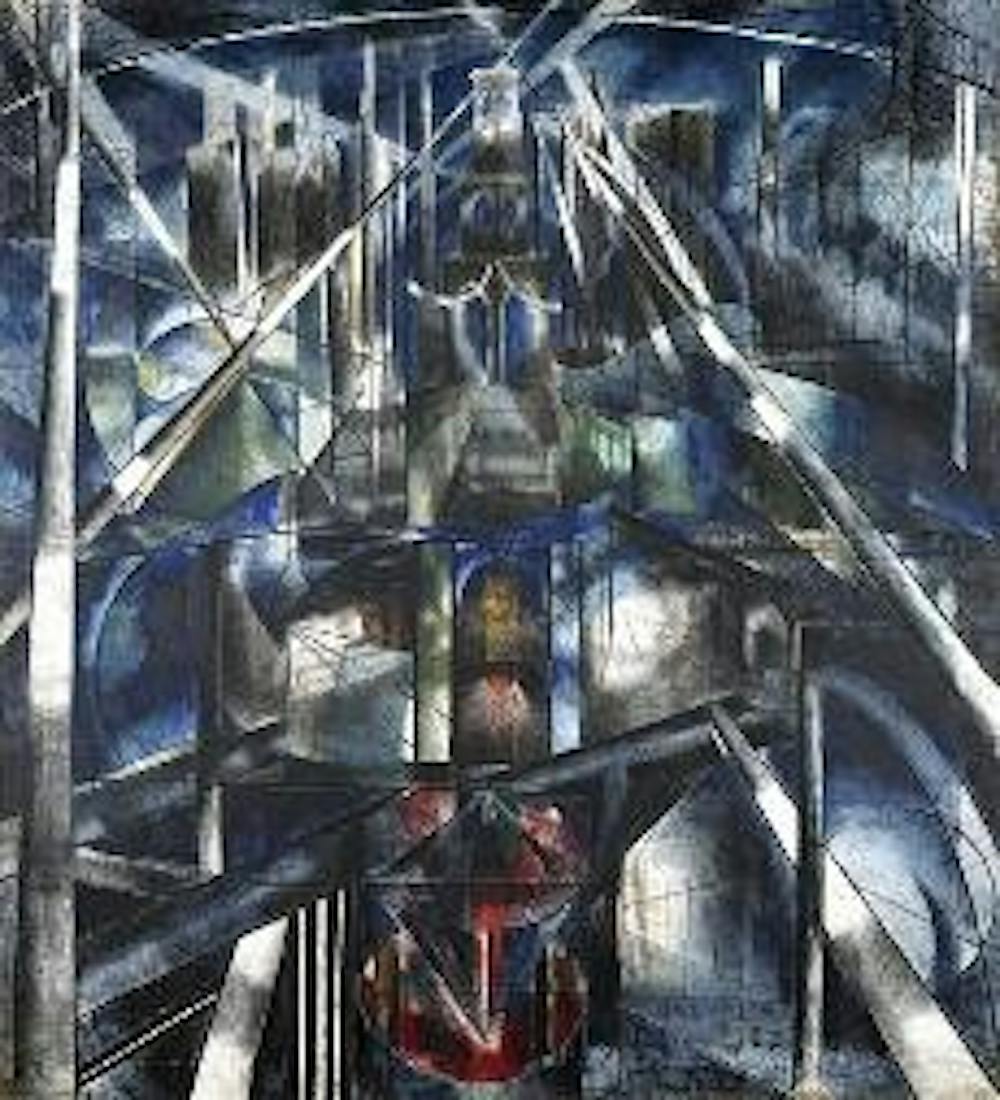"The Soci?t? Anonyme: Modernism for America" The Phillips Gallery 1600 21st St. N.W. Until Jan. 21, 2007 Tickets: $12 for adults
If you haven't heard the news, modernism is back. This past summer's raucous retrospective of Dada art at the National Gallery initiated the resurgence. It was followed by "Ambroise Vollard, Patron of The Avant-Garde" at the Metropolitan Museum of Art in New York, an exhibit detailing the contributions of the leading French art supporter to the landscape of modern art.
Now it's the Phillips Collection's turn, as they present "The Soci?t? Anonyme: Modernism for America." Not to be outdone by the aforementioned behemoths of paint and sculpture, this small but influential D.C. gallery is hosting one of the largest and most significant collections of contemporary art ever assembled.
Running through Jan. 21, 2007, the exhibition closely documents the history, vision and achievements of the Soci?t? Anonyme, the ambitious artist organization and self-proclaimed "experimental museum of art" founded by Katherine Dreier, Marcel Duchamp and Man Ray in January 1920.
During its 30 years in existence, the Soci?t? strived to further the American public's reluctant understanding and acceptance of the revolutionary work being created by an ever-burgeoning worldwide artistic community.
Equally essential to the Soci?t?'s mission was portraying these works through an artist's perspective rather than a curatorial one, thus avoiding historical and critical analysis and focusing on the living and rapidly evolving progression of art.
The curators of "Soci?t?" have, in large part, kept with this tradition. The first room of the show is a nearly complete and accurate reproduction of the Soci?t?'s inaugural exhibition from April 30, 1920. Several of the original 20 works from the groundbreaking show are represented here, and their varying stylistic range is staggering.
Playful sculptures by Constantin Brancusi and Man Ray sit beside modernist masterpieces like Jacques Villion's "In Memoriam" and Dada absurdities such as Francis Picabia's "Universal Prostitution."
To further add to the authenticity, the floor of the first room is covered with the same type of drab, gray, ribbed rubber matting that appeared in the inaugural exhibition. Each of the hanging canvases is surrounded by a frilly white doily, replicating the outlandish and humorous additions arranged by Duchamp for the Manhattan show.
The sight of Joseph Stella's towering "Brooklyn Bridge," a stately transformation of steel and cables into fluid light and color evocative of stained glass is still a powerful and amusing image.
The Phillips exhibition shows the wealth and breadth of artists once represented by the Soci?t? and devotes subsequent rooms to important one-person exhibits, as well as a massive space displaying highlights from the Soci?t?'s crowning achievement, the 1926 Brooklyn International Exhibition of Modern Art.
This exhibit includes pieces from nearly every important artist of the modern era, showcasing both highly recognized names and lesser-known ones. There are works by acknowledged masters Hans Arp, Georges Braque, Max Ernst, Eli Lissitzky, Joan Miro, Piet Mondrian and Kurt Schwitters, as well as equally enthralling pieces by less revered artists like Alexander Archipenko, David Burliuk and Suzanne Phocas, among many others.
There is an intentional lack of any linear or historical context and few neighboring pieces resemble each other in any aspect of style or composition. That is precisely the goal of the Soci?t?, one that has been thoughtfully recreated by the curators of this current exhibit.
Other rooms are dedicated to Duchamp, his relationship with Dreier, the education efforts of the Soci?t? to promote their cause, Dreier's efforts to stimulate the growing Russian avante-garde art scene and Dreier's connection with Phillips Collection patriarch Duncan Phillips.
The exhibit serves as a complete historical record of the Soci?t? and its proponents, and it is remarkable in its diligent documentation of the artistic period that determined artistic trends for the next 80 years.
The spirit of irreverence, exploration and reckless destruction of social and artistic boundaries is certainly thriving in the exhibition, but even more alive is the idea of acceptance and brotherhood.
This is no more apparent than in the first room displaying the solo exhibitions put forth by the Soci?t?. On one wall sits the austere, neo-impressionist landscapes of American painter Louis Michel Eilshemius, featured in the Soci?t?'s first ever one-person show. Across the room hang the abstract explosions of color that categorize the works of Wassily Kandinsky, who was given his first solo show in America by the Soci?t?. Thus, joined together are the traditional and the revolutionary, and for the Soci?t? Anonyme, modern art encompassed it all.





